Home>Furniture & Design>Bedroom Furniture>How To Sleep On A Memory Foam Mattress


Bedroom Furniture
How To Sleep On A Memory Foam Mattress
Modified: August 17, 2024
Discover the ultimate comfort with our guide on how to sleep on a memory foam mattress. Find the best bedroom furniture and design for a restful night's sleep.
(Many of the links in this article redirect to a specific reviewed product. Your purchase of these products through affiliate links helps to generate commission for Storables.com, at no extra cost. Learn more)
**
Introduction
**
When it comes to creating a cozy and inviting bedroom, the right mattress can make all the difference. Among the various options available, memory foam mattresses have gained significant popularity for their ability to provide exceptional comfort and support. If you've recently invested in a memory foam mattress or are considering purchasing one, it's essential to understand how to optimize your sleep experience on this unique bedding surface.
In this comprehensive guide, we'll delve into the nuances of memory foam mattresses and explore the best practices for achieving a restful and rejuvenating night's sleep. From selecting the perfect mattress to preparing your bed for optimal comfort, we'll cover everything you need to know to make the most of your memory foam sleeping experience.
So, if you're ready to elevate your sleep game and unlock the full potential of your memory foam mattress, let's embark on this enlightening journey together. Get ready to discover the secrets to sleeping soundly on a memory foam mattress and waking up feeling refreshed and revitalized each morning.
**
Key Takeaways:
- Memory foam mattresses contour to your body, reduce motion transfer, and come in various firmness options. Select the right density, thickness, and firmness for personalized comfort and support.
- Prepare your bed with proper support, breathable linens, and memory foam pillows. Position yourself for comfort based on your sleep style, and incorporate relaxation techniques for better sleep on a memory foam mattress.
Understanding Memory Foam Mattresses
**
Before delving into the art of sleeping on a memory foam mattress, it’s crucial to grasp the unique characteristics that set this bedding option apart. Memory foam, also known as viscoelastic foam, is renowned for its exceptional ability to contour to the body’s shape, offering personalized support and comfort.
One of the key attributes of memory foam is its responsiveness to heat and pressure. When you lie down on a memory foam mattress, the material molds to your body, distributing your weight evenly and alleviating pressure points. This feature not only promotes better blood circulation but also reduces the likelihood of waking up with aches and pains.
Furthermore, memory foam has the remarkable capacity to absorb movement, making it an ideal choice for individuals who share a bed. This means that if your partner shifts positions during the night, you’re less likely to be disturbed, allowing for uninterrupted, restful sleep.
Additionally, memory foam mattresses are celebrated for their ability to minimize motion transfer, meaning that movements on one side of the bed are less likely to be felt on the other. This can be especially beneficial for light sleepers or those who are easily disrupted by external disturbances.
Moreover, memory foam mattresses are available in various densities, each offering distinct levels of support and firmness. Whether you prefer a plush, medium, or firm feel, there’s a memory foam mattress to suit your individual preferences and sleep style.
By understanding the unique properties of memory foam mattresses, you can better appreciate how this innovative material can revolutionize your sleep experience. With this knowledge in hand, you’re well-equipped to embark on the next step: finding the perfect memory foam mattress for your needs.
**
Finding the Right Memory Foam Mattress
**
When it comes to selecting a memory foam mattress, there are several factors to consider to ensure that you find the perfect match for your sleep preferences and needs.
First and foremost, it’s essential to assess the density of the memory foam. This refers to the weight of one cubic foot of foam, and it plays a crucial role in determining the level of support and firmness. Higher density foam tends to offer more durability and support, making it an excellent choice for those seeking enhanced pressure relief and body-conforming comfort.
Next, consider the thickness of the memory foam layer. While a thicker layer often translates to greater comfort and support, it’s important to strike a balance based on your individual preferences and sleeping habits. Whether you opt for a mattress with a thicker memory foam layer or one that combines varying foam layers, ensure that it aligns with your desired level of cushioning and support.
Furthermore, take into account the mattress’s firmness level. Memory foam mattresses are available in a range of firmness options, from plush to medium to firm. Your ideal firmness level depends on factors such as your weight, sleeping position, and personal comfort preferences. By selecting the right firmness, you can optimize spinal alignment and alleviate pressure points, promoting a more restful and rejuvenating sleep experience.
Additionally, consider the mattress’s breathability and temperature regulation. Look for features such as open-cell foam or gel-infused memory foam, which can enhance airflow and dissipate body heat, ensuring that you remain comfortably cool throughout the night.
Lastly, don’t overlook the importance of motion isolation and edge support. A quality memory foam mattress should effectively minimize motion transfer and provide stable edge support, allowing you to enjoy uninterrupted sleep and maximize the usable surface area of the bed.
By carefully evaluating these factors and considering your unique sleep needs, you can confidently select a memory foam mattress that aligns with your preferences, providing the foundation for restful and rejuvenating sleep.
**
To sleep better on a memory foam mattress, try using a mattress protector to keep it clean, and rotate the mattress regularly to prevent uneven wear.
Preparing Your Bed for Sleep
**
Creating an inviting and comfortable sleep environment is essential for maximizing the benefits of your memory foam mattress. By taking the time to prepare your bed for sleep, you can enhance the overall sleep experience and promote a sense of relaxation and tranquility.
Start by ensuring that your mattress is properly supported by a sturdy and compatible foundation. Whether you opt for a traditional box spring, a slatted bed frame, or an adjustable base, the key is to provide adequate support to maintain the integrity and performance of your memory foam mattress.
Next, consider the use of a mattress protector. Not only does a quality mattress protector safeguard your mattress against spills, stains, and allergens, but it can also contribute to a cleaner and more hygienic sleep environment. Look for a breathable and waterproof mattress protector to shield your mattress without compromising airflow and comfort.
When it comes to bedding, opt for high-quality, breathable linens that complement the contouring properties of your memory foam mattress. Soft, moisture-wicking sheets and a lightweight yet cozy comforter or duvet can enhance the overall sleep experience, promoting a comfortable and restful night’s sleep.
Additionally, consider the role of pillows in optimizing your sleep setup. Memory foam pillows are specifically designed to complement memory foam mattresses, offering responsive support and alignment for the head and neck. By selecting pillows that align with your preferred sleep position and provide adequate support, you can further enhance the comfort and ergonomics of your sleep environment.
Furthermore, take advantage of accessories such as mattress toppers or enhancers to customize the feel of your memory foam mattress. Whether you desire additional plushness or targeted support for specific pressure points, these accessories can fine-tune the comfort level of your mattress to suit your individual preferences.
By thoughtfully preparing your bed for sleep and curating a comfortable and supportive sleep environment, you can set the stage for a truly restorative and rejuvenating night’s sleep on your memory foam mattress.
Positioning Yourself for Comfort
Once your memory foam mattress is properly set up, it’s time to focus on positioning yourself for optimal comfort and support. Whether you’re a back, side, or stomach sleeper, there are specific strategies to ensure that you make the most of your memory foam mattress and promote a restful night’s sleep.
For back sleepers, maintaining proper spinal alignment is paramount. To achieve this, consider placing a thin pillow or rolled-up towel under your knees to alleviate pressure on the lower back. This can help prevent overarching of the spine and promote a more neutral and comfortable sleeping position.
Side sleepers can benefit from using a contoured or memory foam pillow to support the natural curvature of the neck and provide adequate cushioning for the head. Placing a pillow between the knees can also help align the hips and reduce strain on the lower back, enhancing overall comfort and promoting better sleep quality.
Stomach sleepers should strive to keep their spine in a neutral position to minimize strain on the neck and lower back. Using a thin pillow or opting for no pillow at all under the head can help prevent excessive extension of the neck. Placing a pillow under the hips can also help maintain better spinal alignment and reduce pressure on the lower back.
Regardless of your preferred sleep position, it’s important to allow your memory foam mattress to contour to your body’s natural curves. This may require a brief adjustment period as the mattress responds to your body heat and weight, but the result is personalized support and enhanced comfort tailored to your unique shape and sleeping style.
Moreover, be mindful of your overall sleep posture and make adjustments as needed to ensure that your body is properly supported and aligned. By paying attention to your sleep position and making subtle modifications to enhance comfort and support, you can unlock the full potential of your memory foam mattress and enjoy a truly rejuvenating night’s sleep.
Read more: How To Fix A Memory Foam Mattress
Additional Tips for Better Sleep on a Memory Foam Mattress
While the inherent qualities of a memory foam mattress contribute to a supportive and comfortable sleep surface, there are additional tips and practices that can further enhance your sleep quality and overall experience.
- Allow for Acclimation: Upon receiving a new memory foam mattress, it’s beneficial to allow it to acclimate to room temperature for a few hours before use. This can help the mattress fully expand and achieve its intended feel and support.
- Rotate the Mattress: To promote even wear and prolong the lifespan of your memory foam mattress, consider rotating it every few months. This can help distribute the impact of body weight and maintain consistent support across the entire surface.
- Maintain a Consistent Sleep Schedule: Establishing a regular sleep routine can help regulate your body’s internal clock and promote more restful and rejuvenating sleep. Aim to go to bed and wake up at the same time each day, even on weekends, to optimize your sleep-wake cycle.
- Keep the Room Cool and Dark: Creating a conducive sleep environment involves controlling factors such as temperature and light. Keep your bedroom cool and dark to promote relaxation and signal to your body that it’s time to wind down for sleep.
- Limit Electronic Devices: Minimize exposure to screens and electronic devices before bedtime, as the blue light emitted can interfere with your body’s natural sleep processes. Instead, engage in calming activities such as reading or gentle stretching to prepare for sleep.
- Practice Relaxation Techniques: Incorporate relaxation practices such as deep breathing, meditation, or gentle yoga stretches to unwind and ease into a restful state before bed. These techniques can help alleviate stress and tension, setting the stage for better sleep.
- Invest in Supportive Pillows: Alongside your memory foam mattress, prioritize supportive pillows that align with your sleep position and provide adequate neck and head support. A well-suited pillow can complement the benefits of your mattress and enhance overall comfort.
- Maintain Your Mattress: Follow the manufacturer’s care instructions to keep your memory foam mattress in optimal condition. This may involve occasional spot cleaning, airing out the mattress, or using a mattress protector to safeguard against spills and debris.
By incorporating these additional tips into your sleep routine and environment, you can maximize the benefits of your memory foam mattress and cultivate a restful and rejuvenating sleep experience night after night.
Frequently Asked Questions about How To Sleep On A Memory Foam Mattress
Was this page helpful?
At Storables.com, we guarantee accurate and reliable information. Our content, validated by Expert Board Contributors, is crafted following stringent Editorial Policies. We're committed to providing you with well-researched, expert-backed insights for all your informational needs.
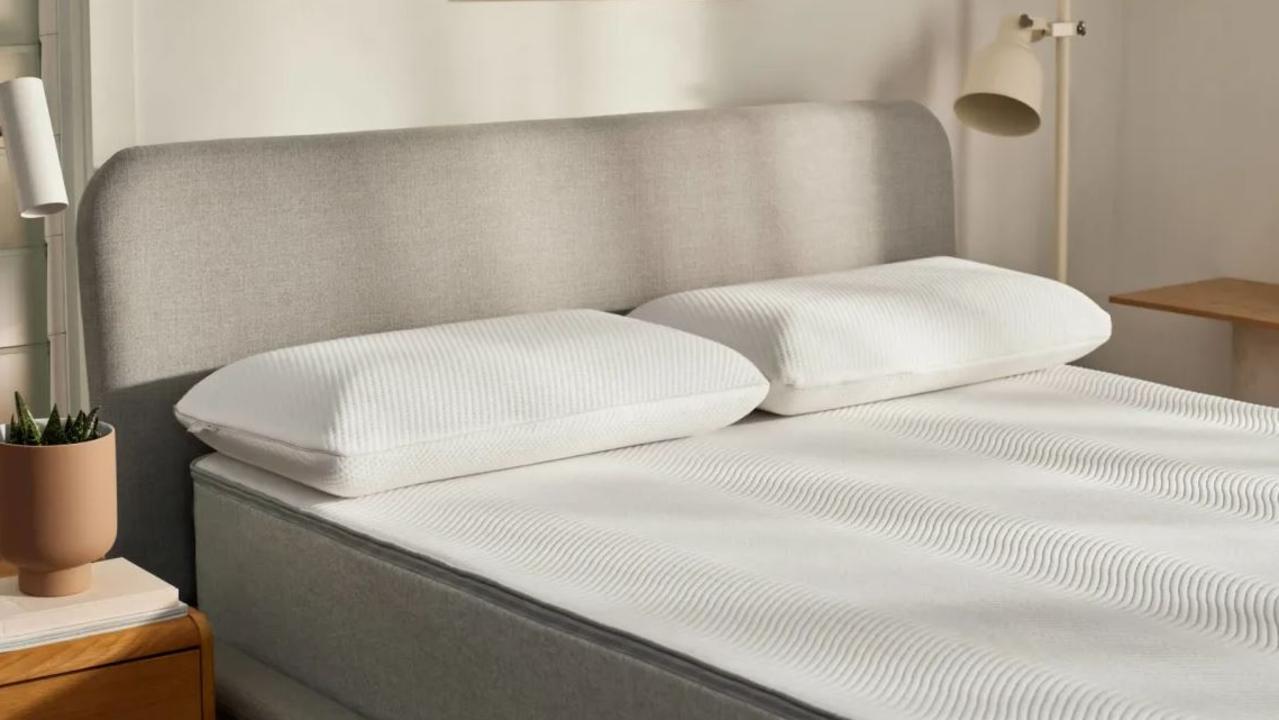

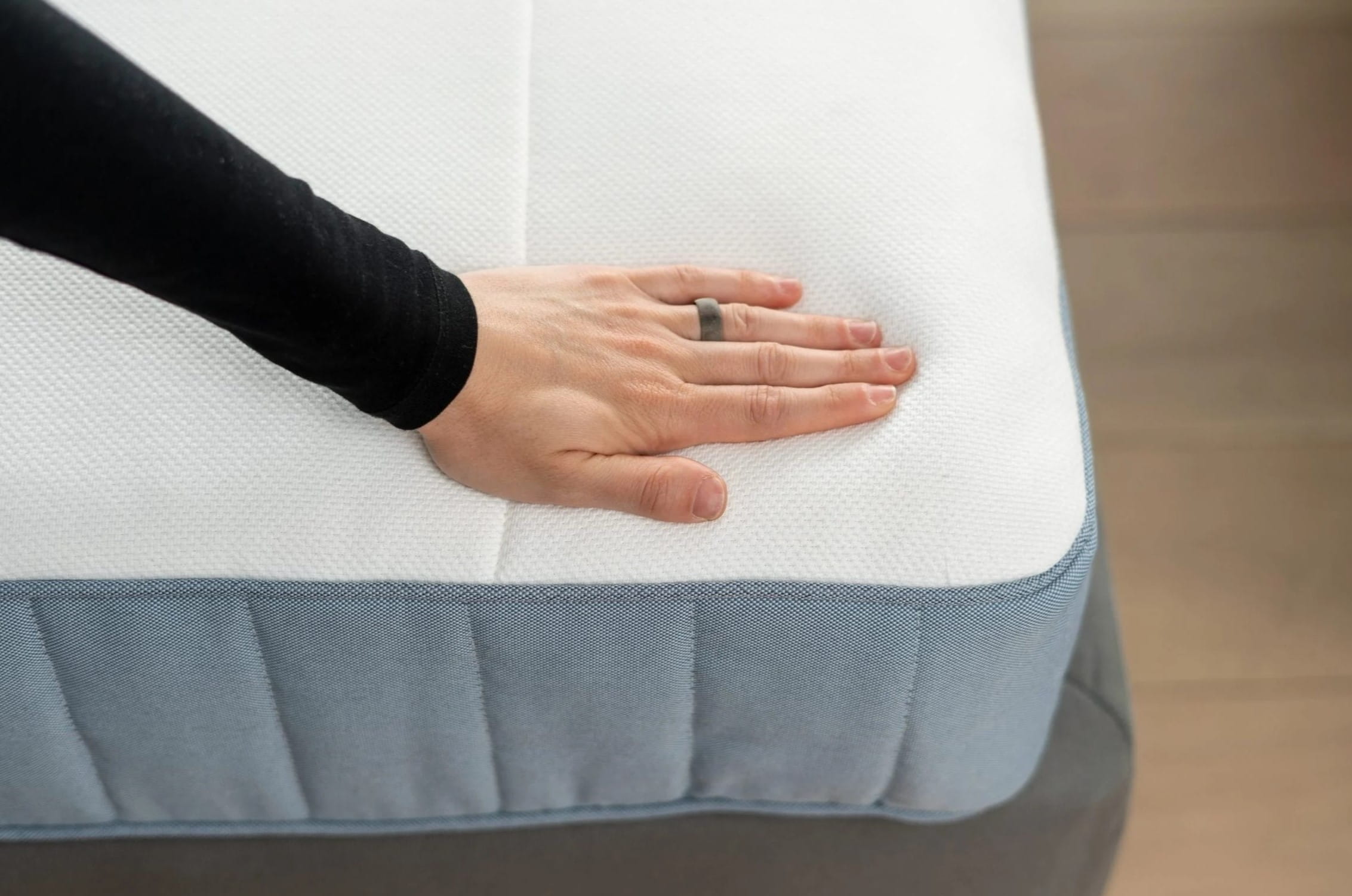


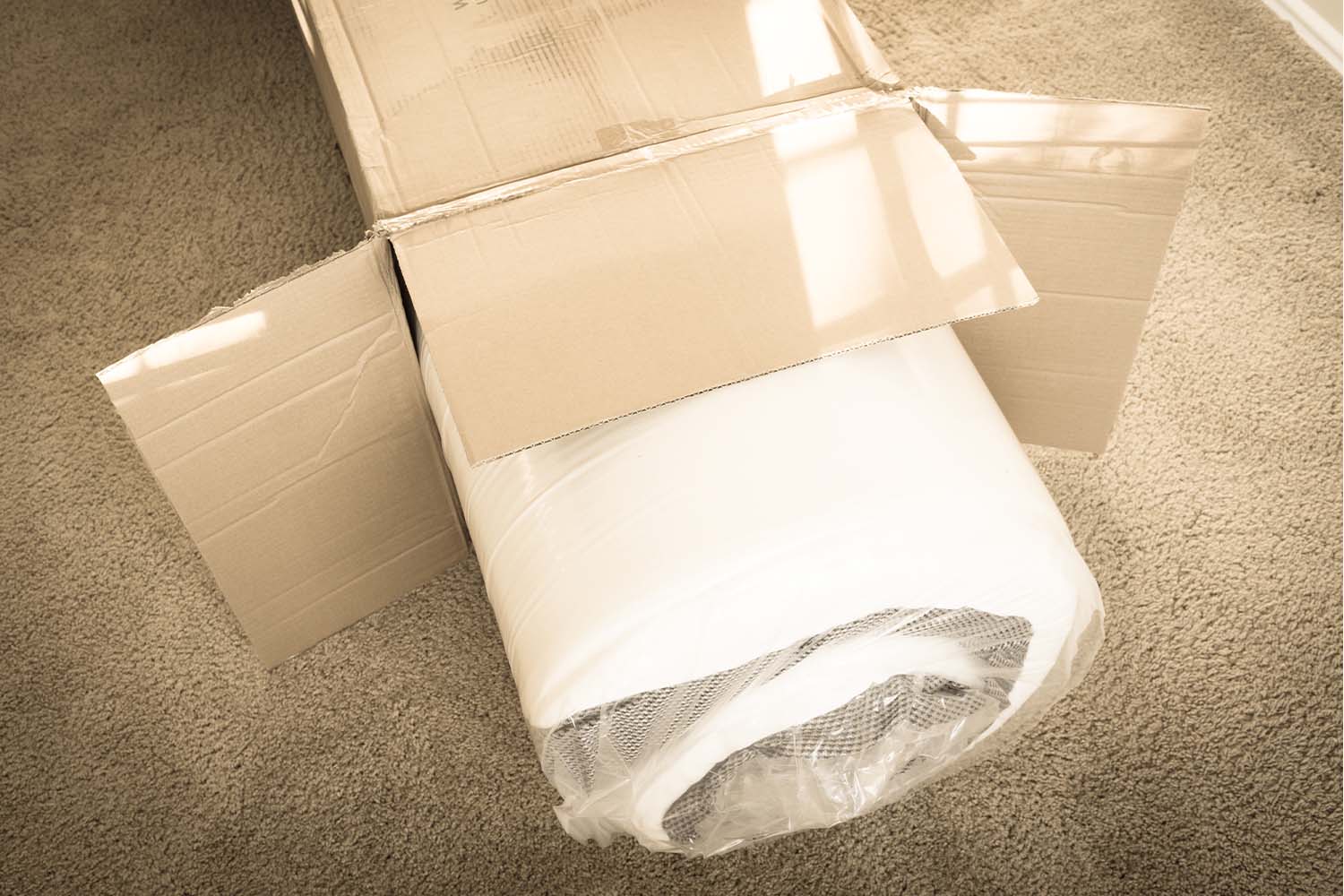
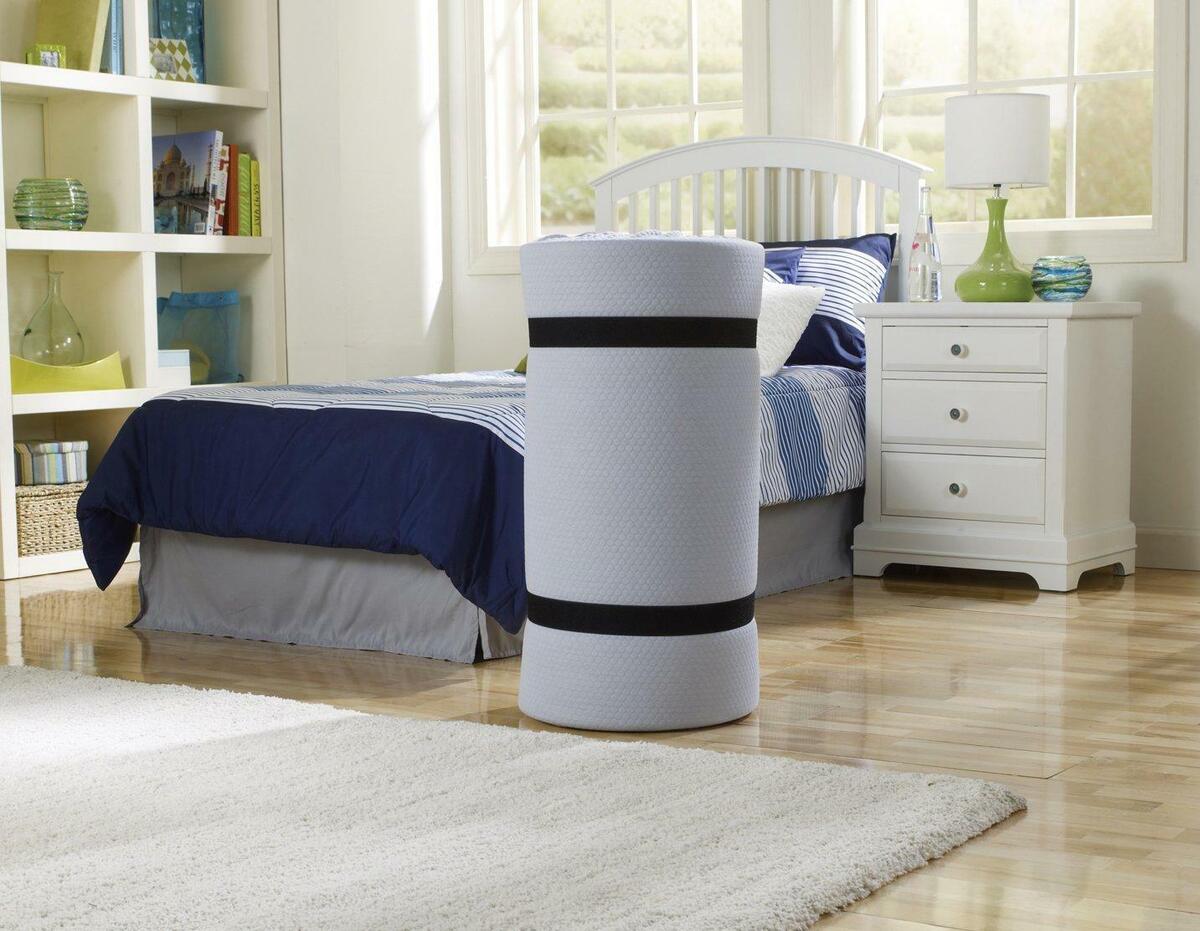
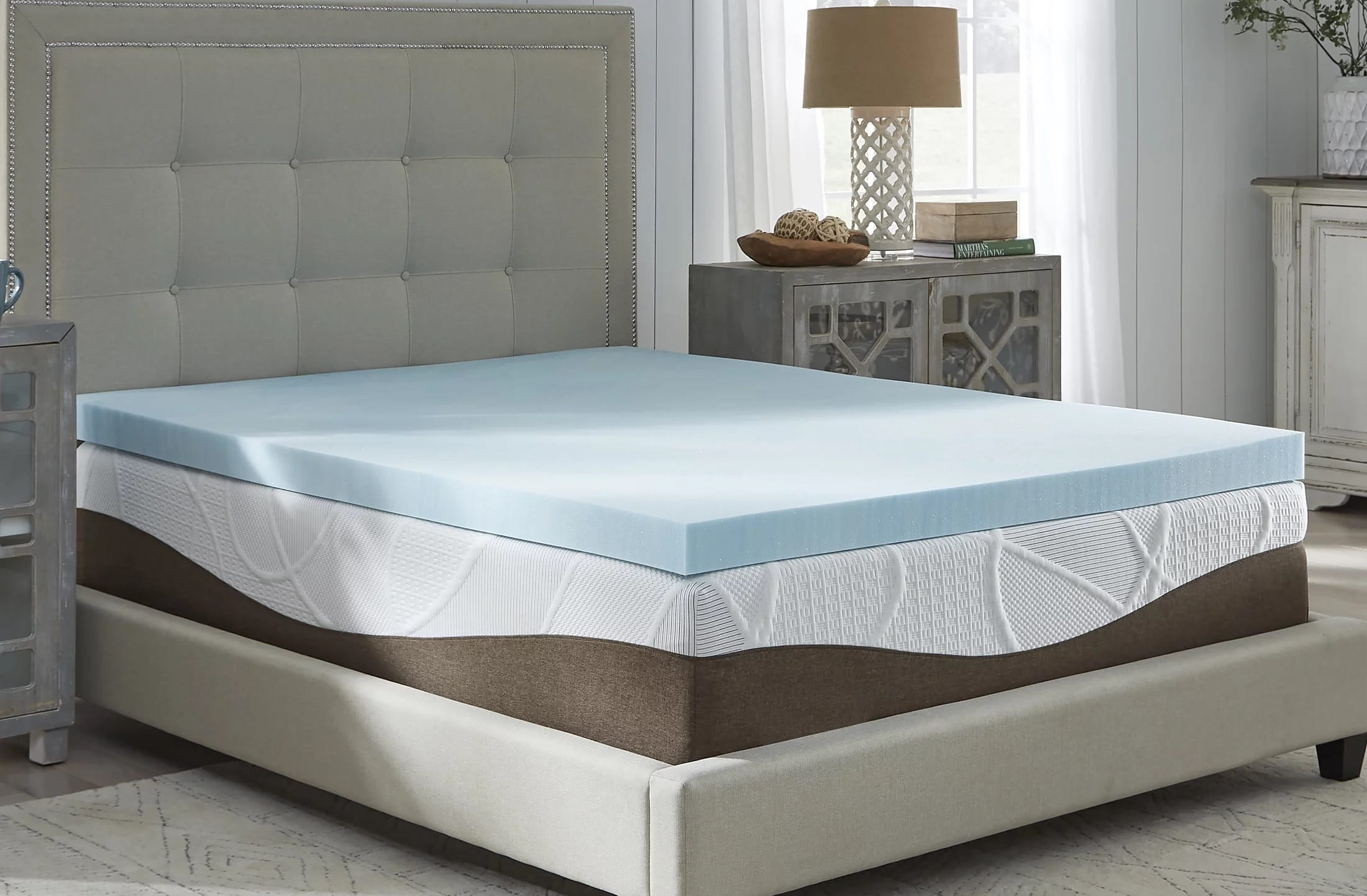

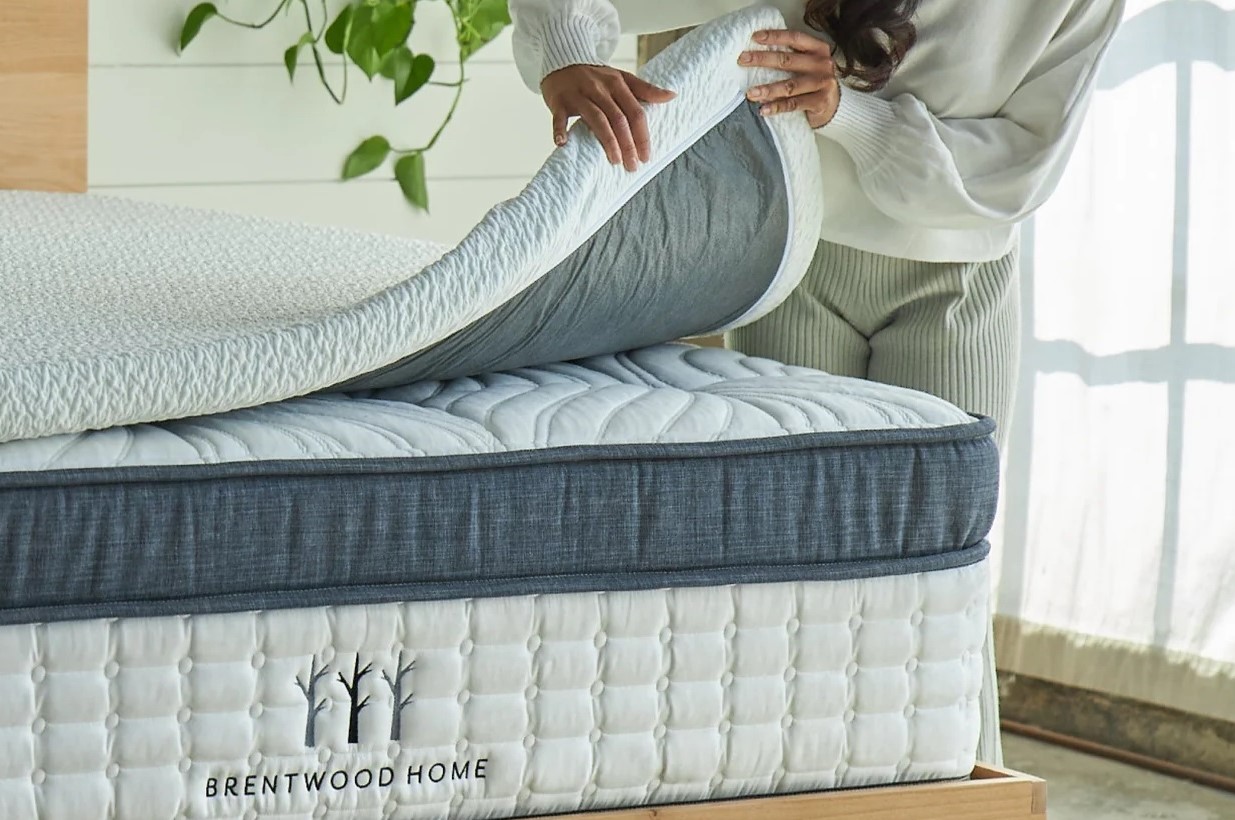
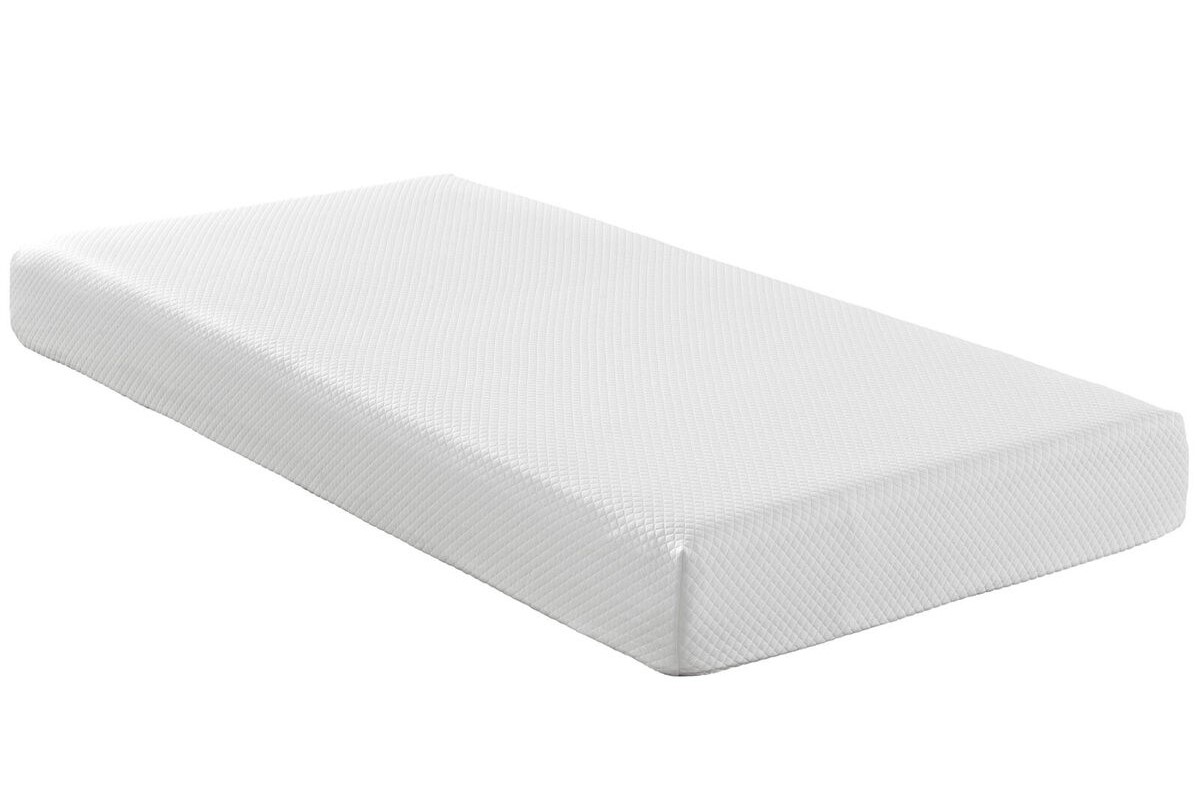
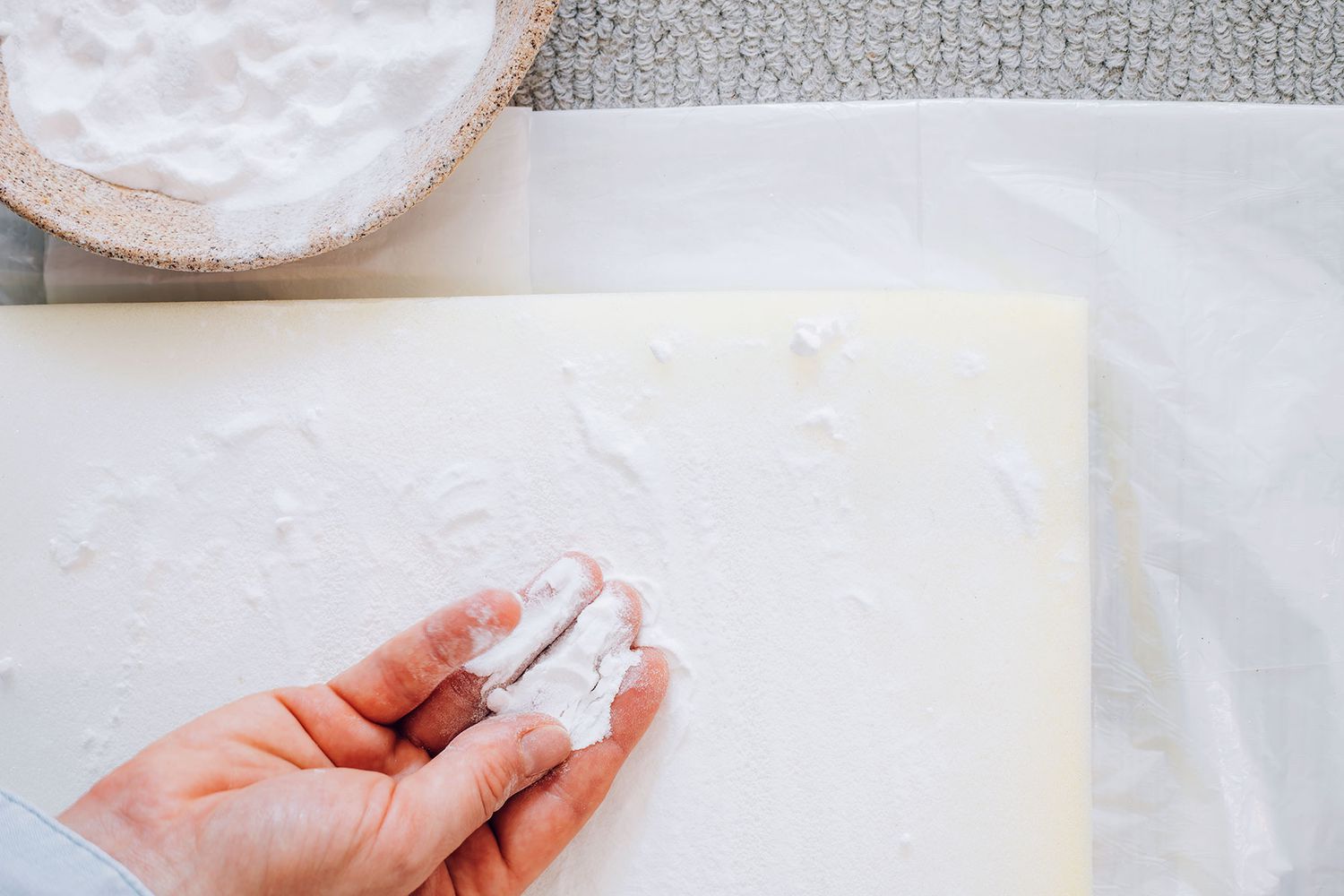
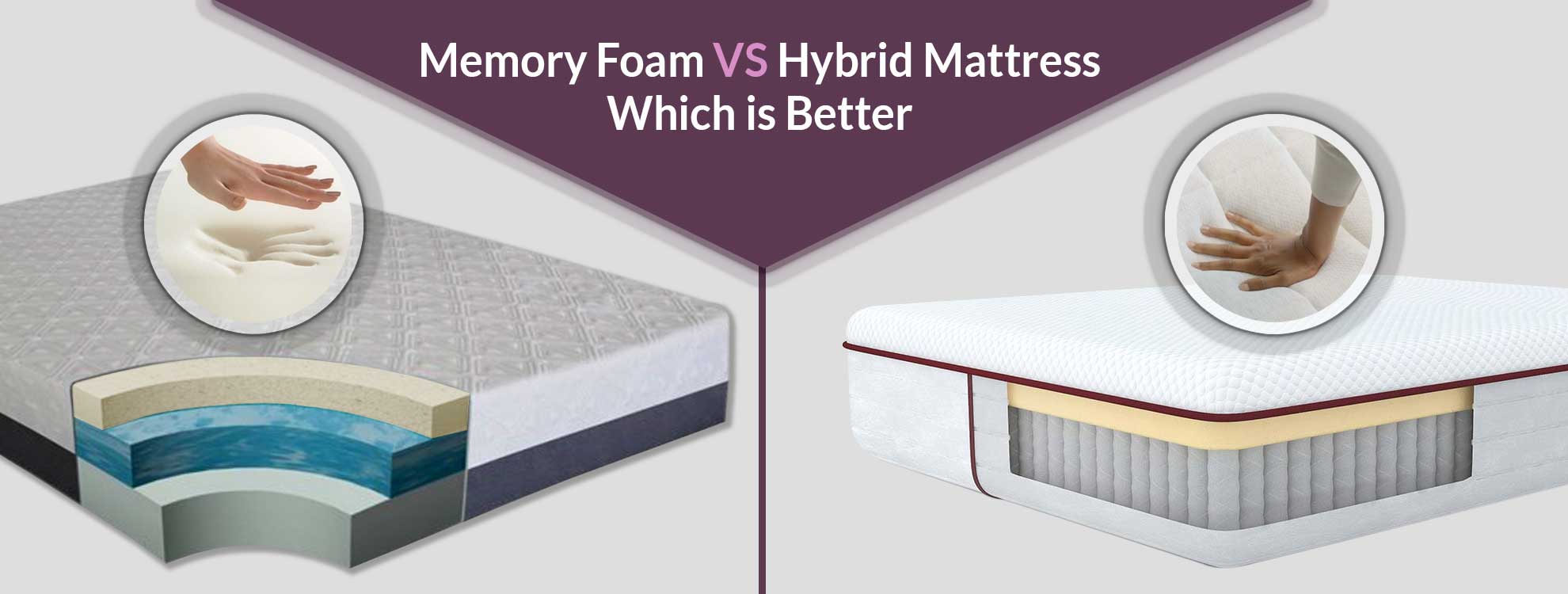
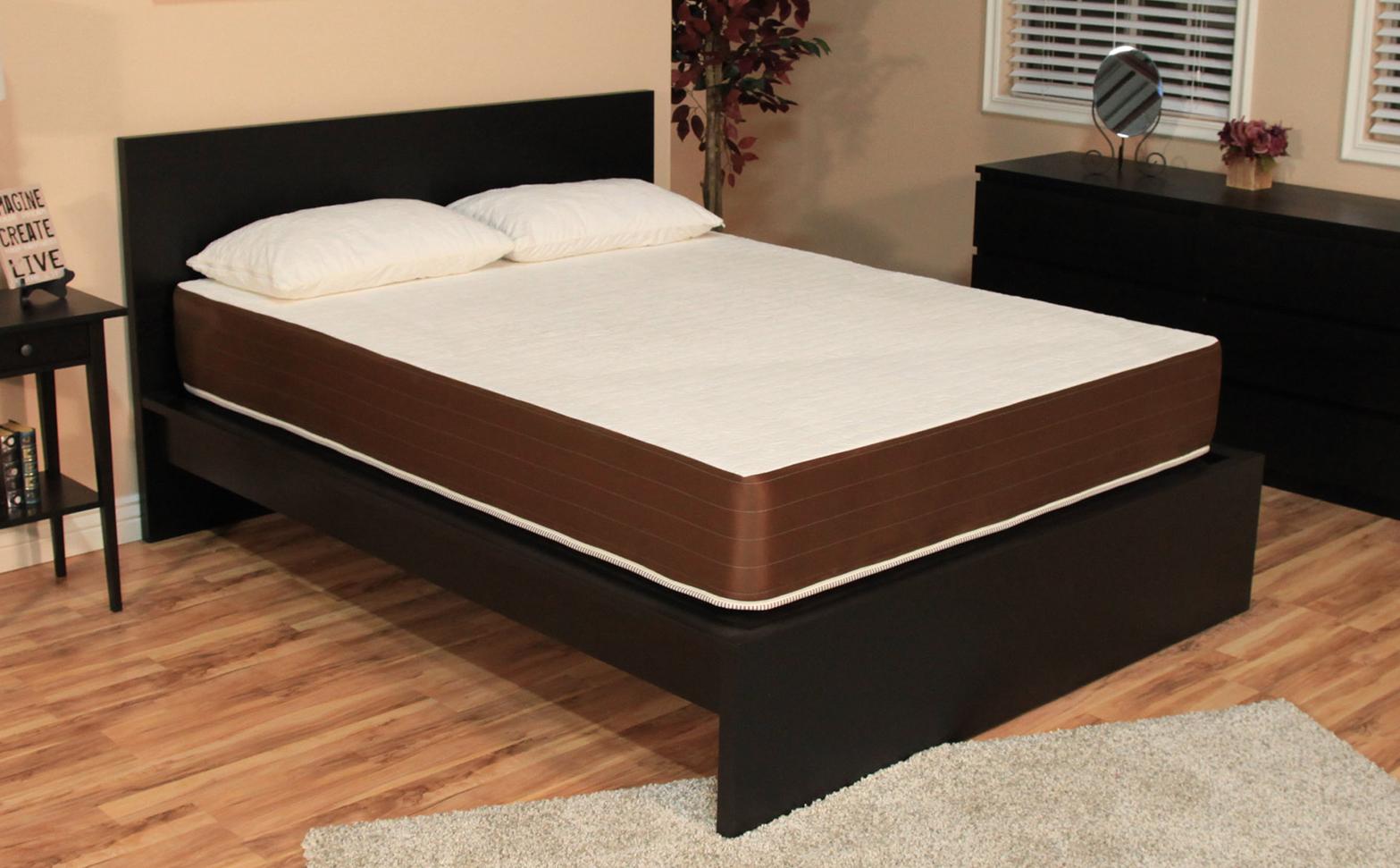

0 thoughts on “How To Sleep On A Memory Foam Mattress”